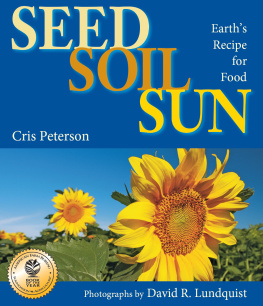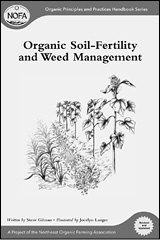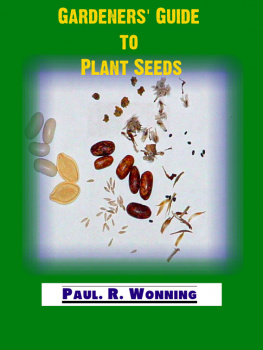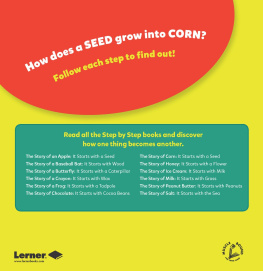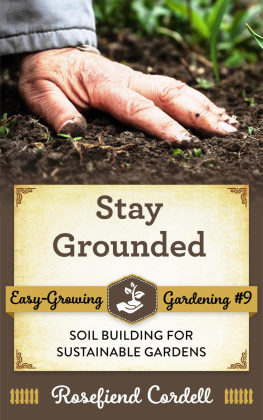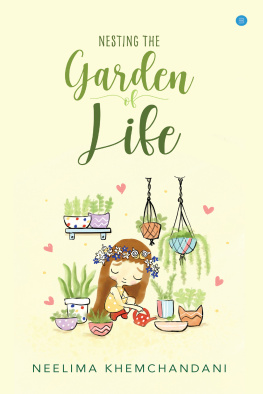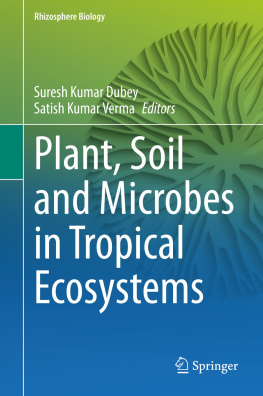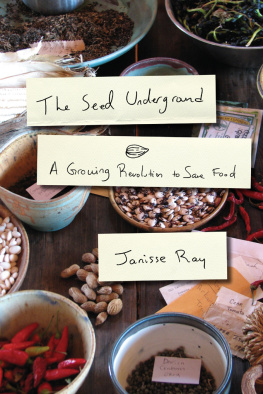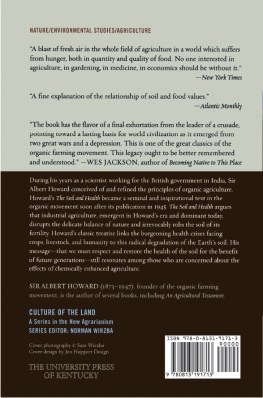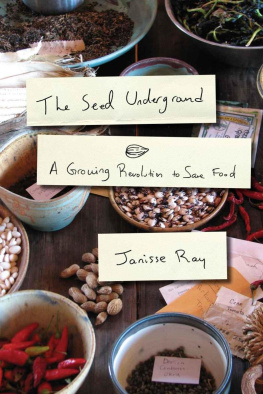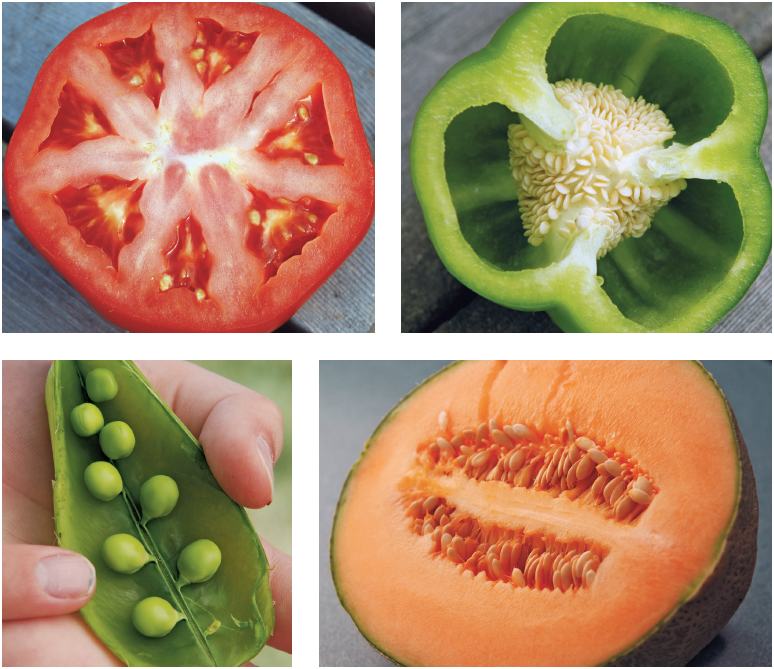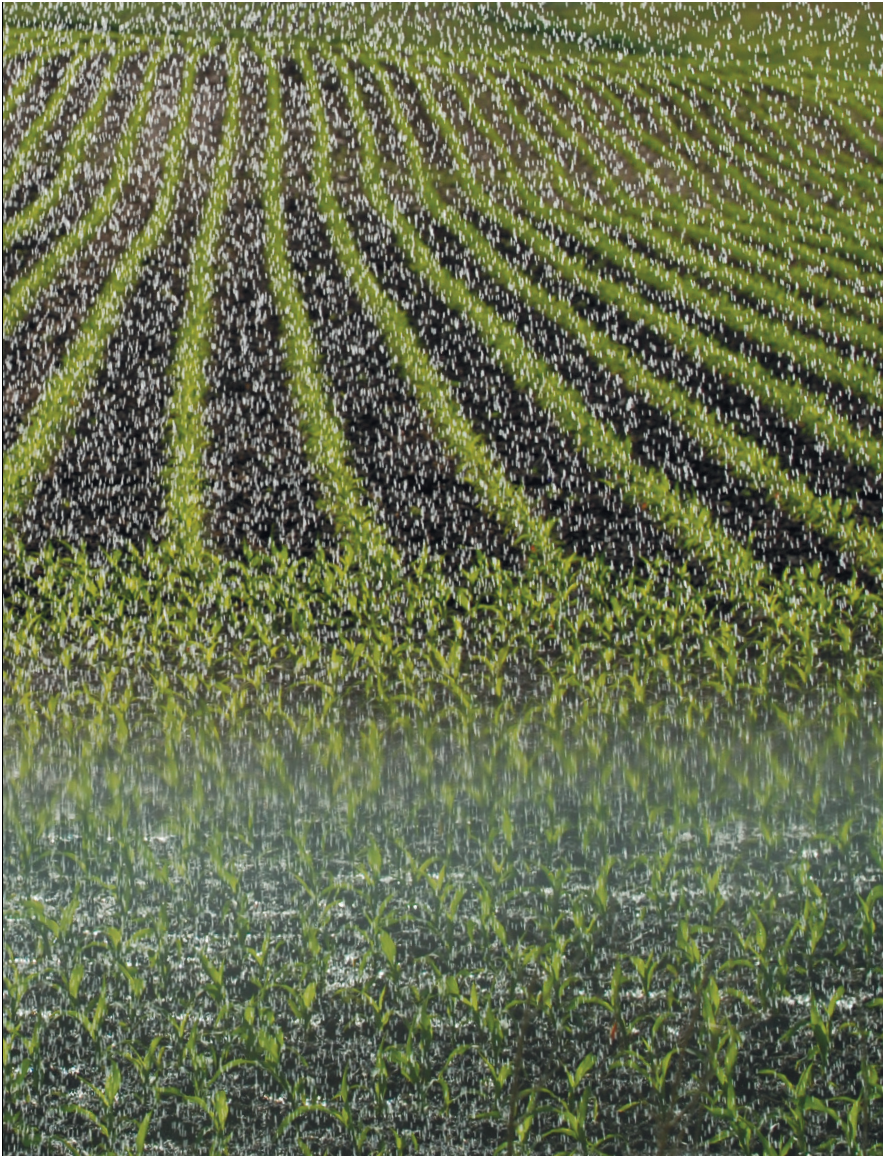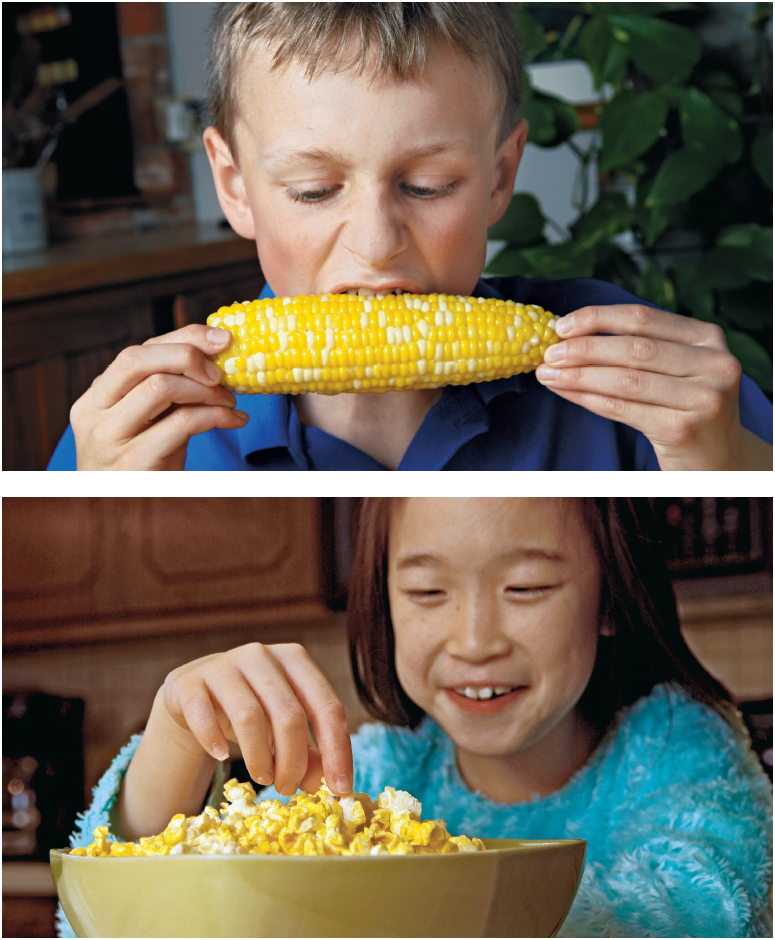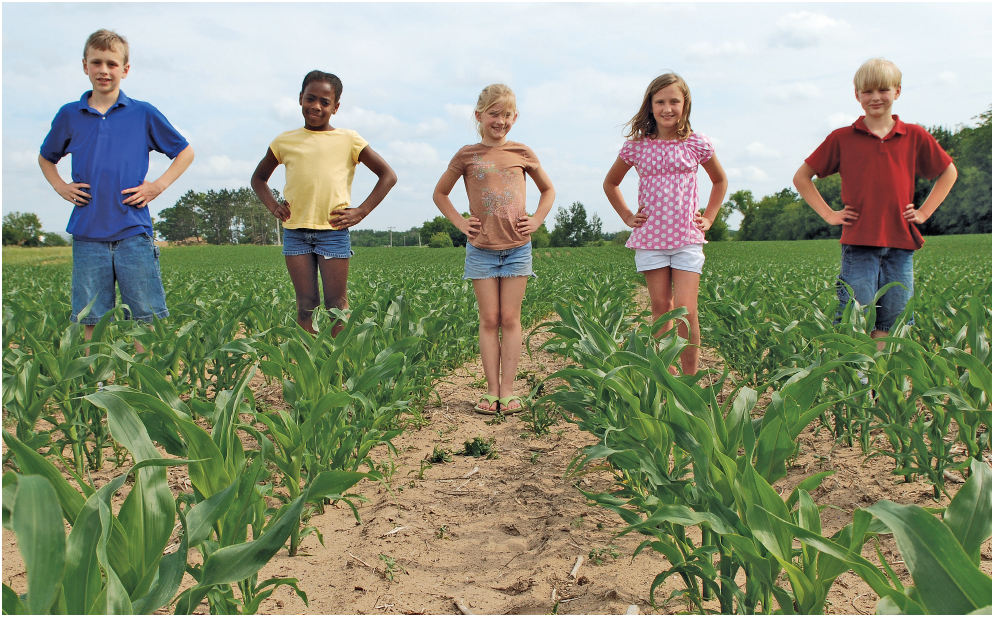SEED
SOIL
SUN
Earths Recipe for Food
Cris Peterson
Photographs by
David R. Lundquist

BOYDS MILLS PRESS
An Imprint of Highlights
Honesdale, Pennsylvania
To Ben and Nicki
CP
To my daughters, Janna and Hilary,
who keep Dad smiling and happy!
DL
Author Acknowledgments
I wish to extend gratitude and appreciation for expert readings of this text to
Professor Deborah L. Allan, Department of Soil, Water, and Climate,
University of Minnesota, St. Paul, and to
Alan Bertelsen, professional agronomist with
Winfield Solutions, LLC, A Land OLakes Company, Shoreview, Minnesota.
Text copyright 2010 by Cris Peterson
Photographs copyright 2010 by David R. Lundquist
All rights reserved
For information about permission to reproduce selections from this book, please contact .
Boyds Mills Press, Inc.
An Imprint of Highlights
815 Church Street
Honesdale, Pennsylvania 18431
ISBN: 978-1-59078-713-7
ISBN: 978-1-62979-220-0 (e-book)
Library of Congress Control Number: 2010925652
First edition
Book design by Amy Drinker, Aster Designs
The text of this book is set in Stone Serif.
A few seeds, a little soil, a ray of sunshine,
a splash of rain, a breath of air
this is Earths recipe for the food we eat.

Nearly all of our food comes from seeds planted in the soil, moistened by the rain, and warmed by the sun. Tomatoes, potatoes, peppers, and peas all begin as tiny seeds. Apples, pineapples, melons, and mangoes start with seeds, too. In fact, almost all plants on Earth grow from seeds.
Each spring farmers plant millions and millions of seeds in the soil, wait for good rains and warm sunshine, then watch their fields turn into food for harvest in the fall. Some crops grow into food for people, and some are fed to animals. Then the animals provide us with milk, meat, eggs, and other products.
More corn seeds are planted each year in the United States than any other kind of seed. Whether it is sweet corn in a backyard garden, field corn in a section of land that measures a mile across, or popcorn in a big bowl, it all begins with a little seed.
The beginning of a new plant is curled up inside each seed. Moisture from the rain filters down to the buried corn seed, softening its skin and causing it to swell and split open. Part of the seedthe rootgrows down into the soil. Another part of the seedthe shootreaches for the sun.
A corn seed doesnt seem like much, but look out! When it is placed in good soil and the sun shines and the rain falls, the seed germinates, or sprouts. It takes only a few weeks for the sprout to turn into a gigantic corn plant with roots reaching down over six feet into the ground.
Soil is another ingredient needed to make food. This tiny layer of our Earth is made up of silt, sand, and clay, along with minerals, dead leaves, twigs, and a zillion tiny organisms. Each handful of soil contains more living things than all the human beings on Earth.
Microscopic one-celled bacteria that munch away on dead leaves and insects in the soil are so minute that it would take a thousand of them lined up in a row to reach across the head of a pin. They use the energy stored in the leaves, roots, twigs, and insectsrecycling nutrients that feed the corn. The earthy odor of rich soil is bacteria at work.
Earthworms, amoebas, mites, and moles also live in the soil. As they search for food, earthworms slither through the dirt, eating debris and discharging it as a rich natural fertilizer called castings. They leave behind an underground network of tunnels that allows air and water to filter in. The air and water help the plant roots breathe and grow.
The soil provides a home for the seed, but the seed only has enough energy inside it to push the new seedling out of the soil. Then the sun takes over. Sunlight is a key ingredient in Earths food recipe. Plants are the only living things that can use the suns energy to grow.

